Insects On Burning Bush Leaves – How To Treat Bugs On Burning Bush Plants
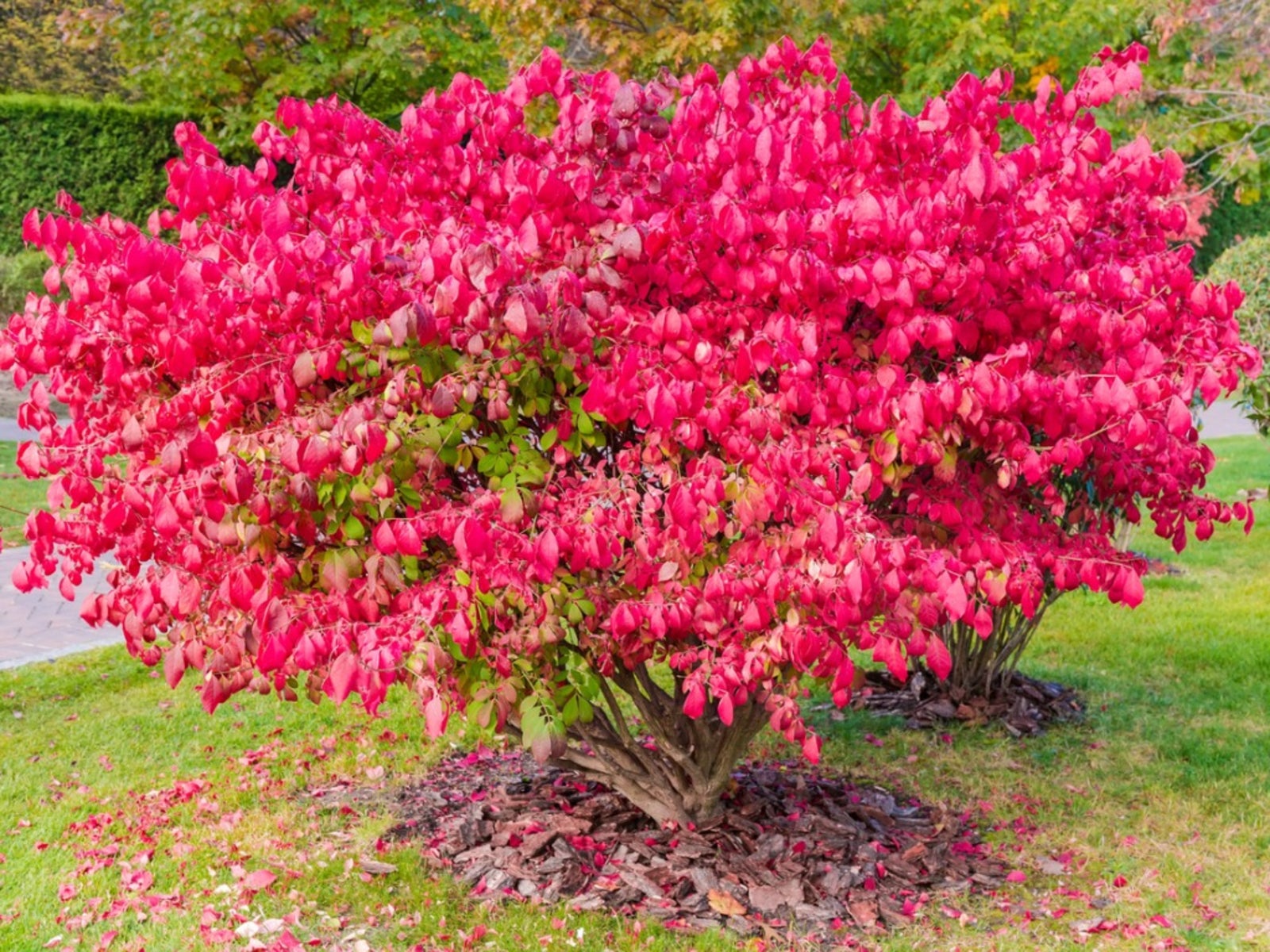

Burning bush shrubs have so much to recommend them: undemanding nature, brilliant fall color, naturally attractive shape…the list goes on and on. One of the problems you may have with these beautiful shrubs is insect pests. This article tells you what to do when you see insects on burning bush leaves.
Identifying Bugs That Eat Burning Bush
Healthy burning bush plants don’t have a lot of problems with insects, but under the right circumstances, any plant can come under attack. Monitor the overall health of the plants and watch for insects and leaves that show evidence of insect feeding. Try to identify the problem before treating the pests of burning bush shrubs.
- Spider mites are a problem in dry climates or during long dry spells. You may see webs, but the spider mites themselves are very hard to see on the plant. Try shaking the foliage over a white sheet of paper to shake loose the tiny, spider-like specks.
- Euonymus caterpillars create an abundance of webbing where they hide and feed. These yellowish caterpillars can defoliate a shrub. Although defoliation isn’t usually fatal, it weakens the plant, and repeated defoliation makes it susceptible to other insects as well as diseases.
- Scale insects might look more like a growth on a plant than an insect because they hardly ever move, and scale hide under hard shells. Leaves shrivel and turn yellow in heavy infestations.
- Aphids are tiny, soft-bodied insects that accumulate at the base of the leaves and on the leaf stems. Aphids create an abundance of black spots as a result of sooty mold infesting the sticky secretions the aphids leave behind as they feed.
- Black vine weevils are flightless insects that resemble beetles. Black vine weevils leave ragged edges as they feed on the leaves.
How to Treat Bugs on Burning Bush
Spider mites sometimes respond to a blast of water from a hose. If you find that this isn’t enough, treat the shrub with horticultural oil or insecticidal soap. Euonymus caterpillars respond to Bacillus thuringiensis. Remove the webbing before treating the plant. You may be able to treat a small infestation with a blast from a water hose. Try treating a small infestation of scale insects by spraying with insecticidal soap and then scraping off the insects with your thumbnail. Treat heavy infestations by pruning out the affected areas. You can also try treating the pest with horticultural oil. This method only works when the insects are in the crawling phase of their life cycle before they hide under their shells. Aphids respond temporarily to neem oil, horticultural oil, or insecticidal soap. You’ll have to spray repeatedly at the interval indicated on the label to keep them at bay. Fortunately, they have a lot of natural enemies. Since black vine weevils can’t fly, you can control them by keeping them from climbing the plant. Paint the bush with a sticky substance such as Tanglefoot in six inch (15 cm.) bands. Some burning bush insect pests, such as scale insects and aphids, have several natural enemies. Take care to preserve these “good insects” by avoiding the use of systemic insecticides. Systemics create a toxic situation that is bad for you and the environment, and they are often more effective at killing beneficial insects than insect pests.
Gardening tips, videos, info and more delivered right to your inbox!
Sign up for the Gardening Know How newsletter today and receive a free copy of our e-book "How to Grow Delicious Tomatoes".

Jackie Carroll has written over 500 articles for Gardening Know How on a wide range of topics.
-
 Looking For Plants To Give You The Soft And Fuzzies? Try These 5 Fuzzy Leaf Plant Options
Looking For Plants To Give You The Soft And Fuzzies? Try These 5 Fuzzy Leaf Plant OptionsLovers of texture, drama, silver foliage and tactile plants will adore these special sensory garden additions. These fuzzy leaf plant options will leave you all aglow
By Susan Albert
-
 Get Ready For A Summer Of Hummers! Grow These Full Sun Hummingbird Plants and Flowers
Get Ready For A Summer Of Hummers! Grow These Full Sun Hummingbird Plants and FlowersIf you’re lucky enough to enjoy a sunny backyard, make sure you are maxing out on your pollinator opportunities and grow these full sun hummingbird plants and flowers
By Tonya Barnett
-
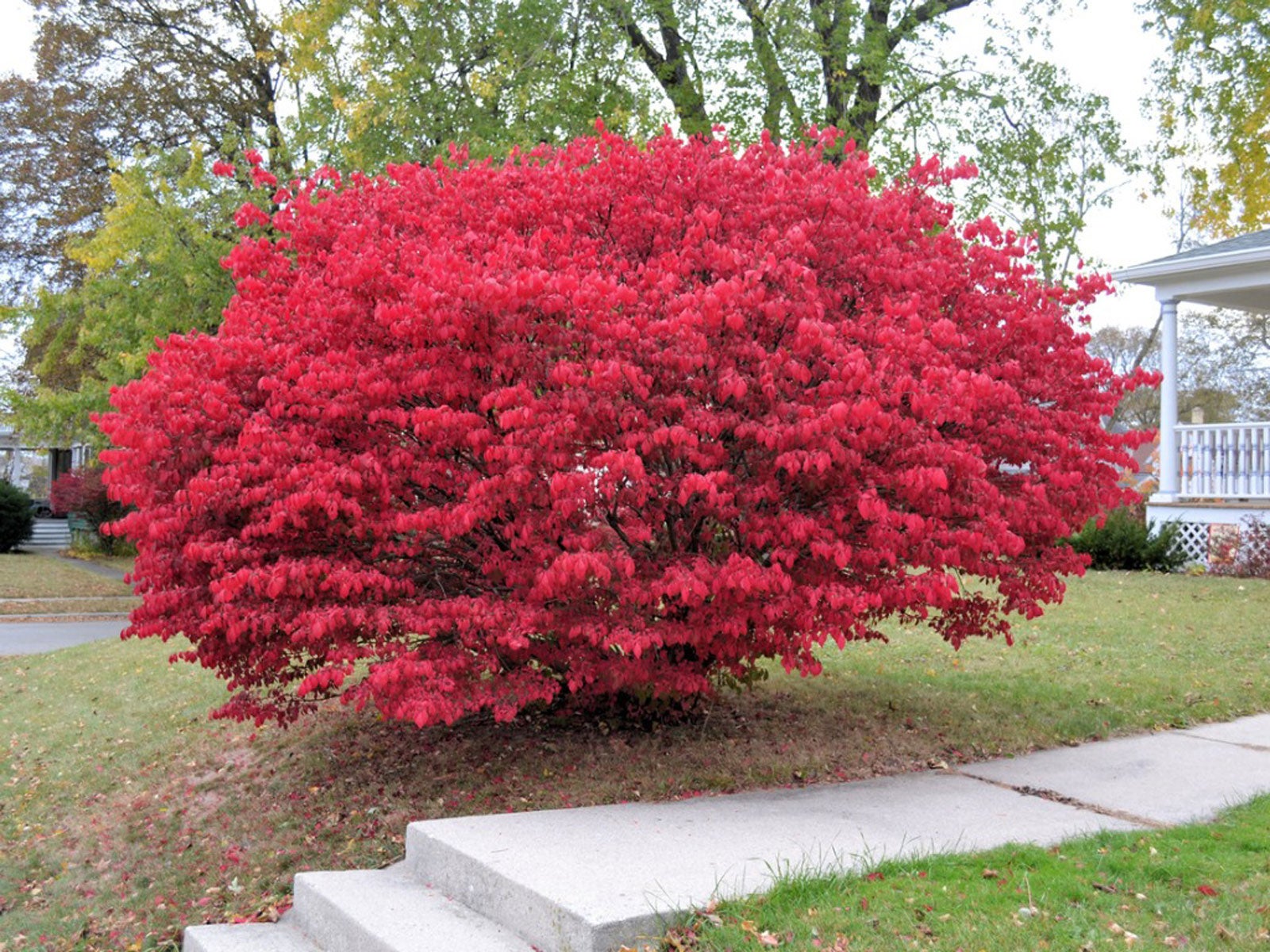 Is Burning Bush Bad – Tips On Burning Bush Control In Landscapes
Is Burning Bush Bad – Tips On Burning Bush Control In LandscapesBurning bush has long been a popular ornamental shrub in many U.S. yards and gardens. Unfortunately, it has proven to be invasive too. Click here for more.
By Mary Ellen Ellis
-
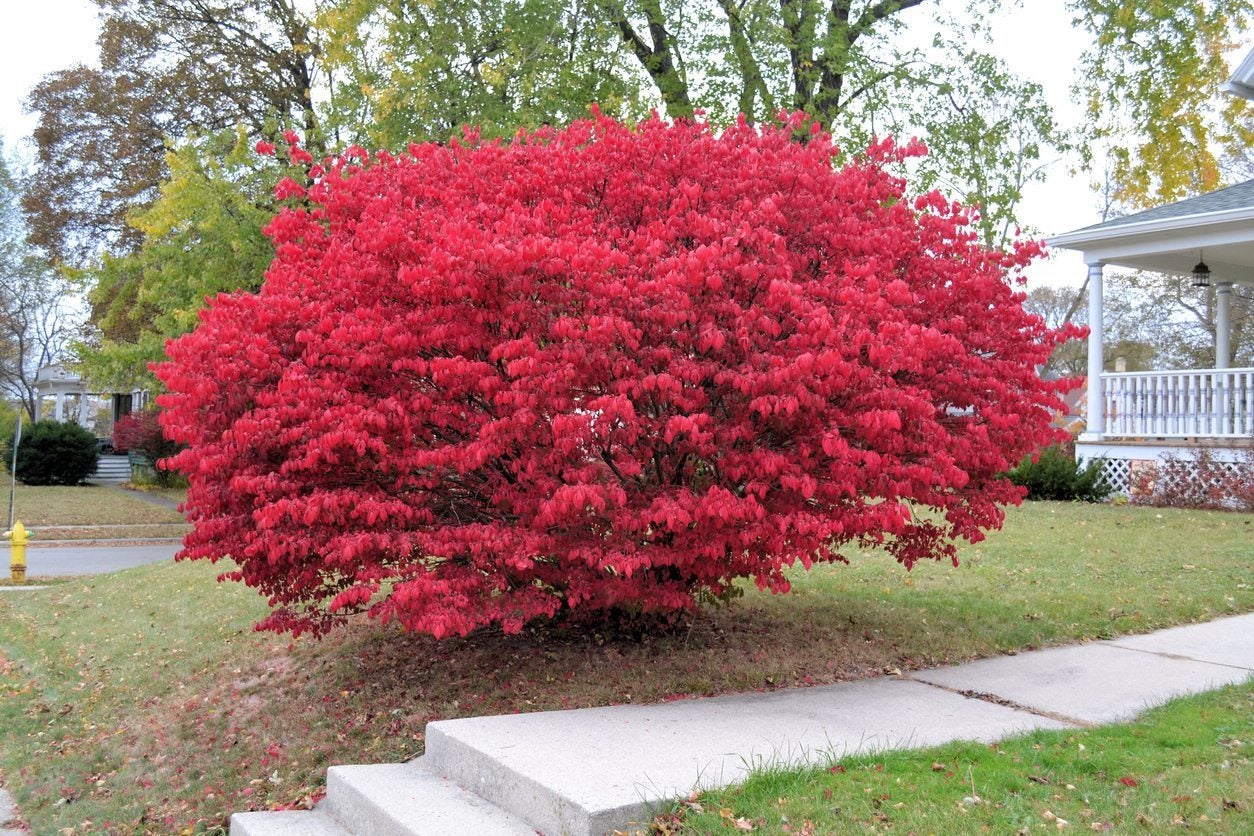 Why Won’t Burning Bush Turn Red – Reasons A Burning Bush Stays Green
Why Won’t Burning Bush Turn Red – Reasons A Burning Bush Stays GreenThe common name, burning bush, suggests that the plant?s leaves will blaze a fiery red, and that?s exactly what they are supposed to do. If your burning bush does not turn red, it?s a great disappointment. Why won?t burning bush turn red? This article will help.
By Teo Spengler
-
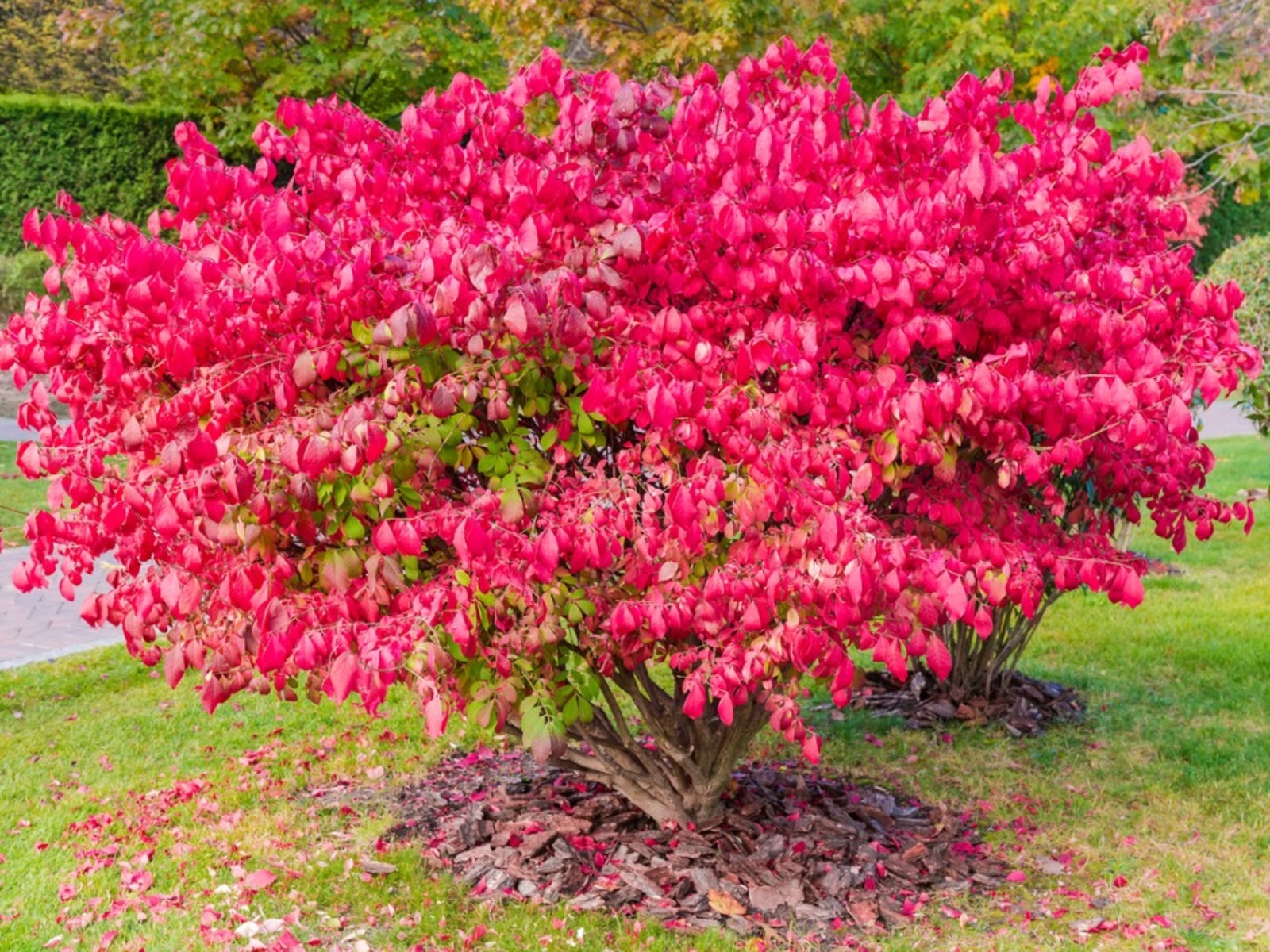 Burning Bush Relocation – How To Move A Burning Bush
Burning Bush Relocation – How To Move A Burning BushBecause they're so striking, it's hard to give up on a burning bush if it can't stay in the spot currently planted. Luckily, burning bush relocation is reasonably easy and has a pretty high success rate. Get information on transplanting these shrubs in this article.
By Liz Baessler
-
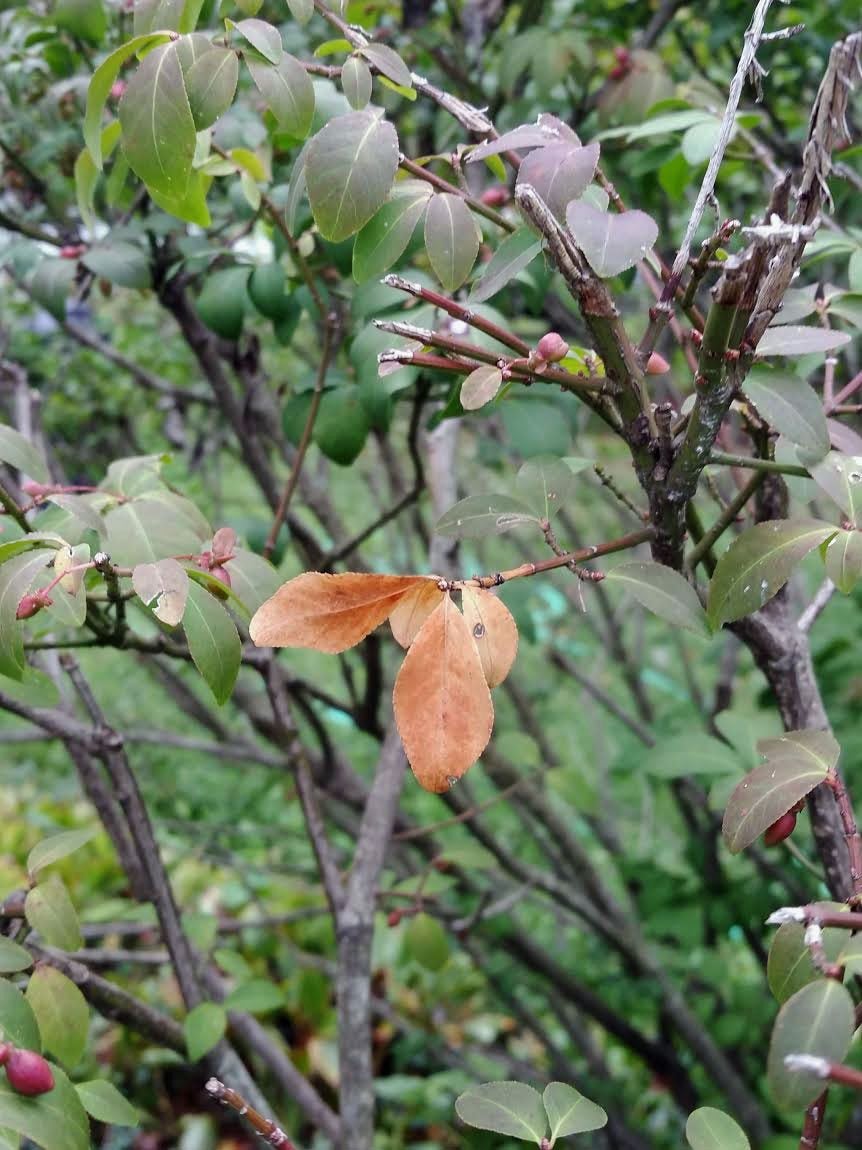 Why Burning Bush Is Turning Brown: Problems With Burning Bush Leaves Turning Brown
Why Burning Bush Is Turning Brown: Problems With Burning Bush Leaves Turning BrownBurning bush shrubs seem to be able to stand up to almost anything. That's why gardeners are surprised when they find burning bush leaves turning brown. Find out why these sturdy shrubs brown and what to do about it in this article.
By Jackie Carroll
-
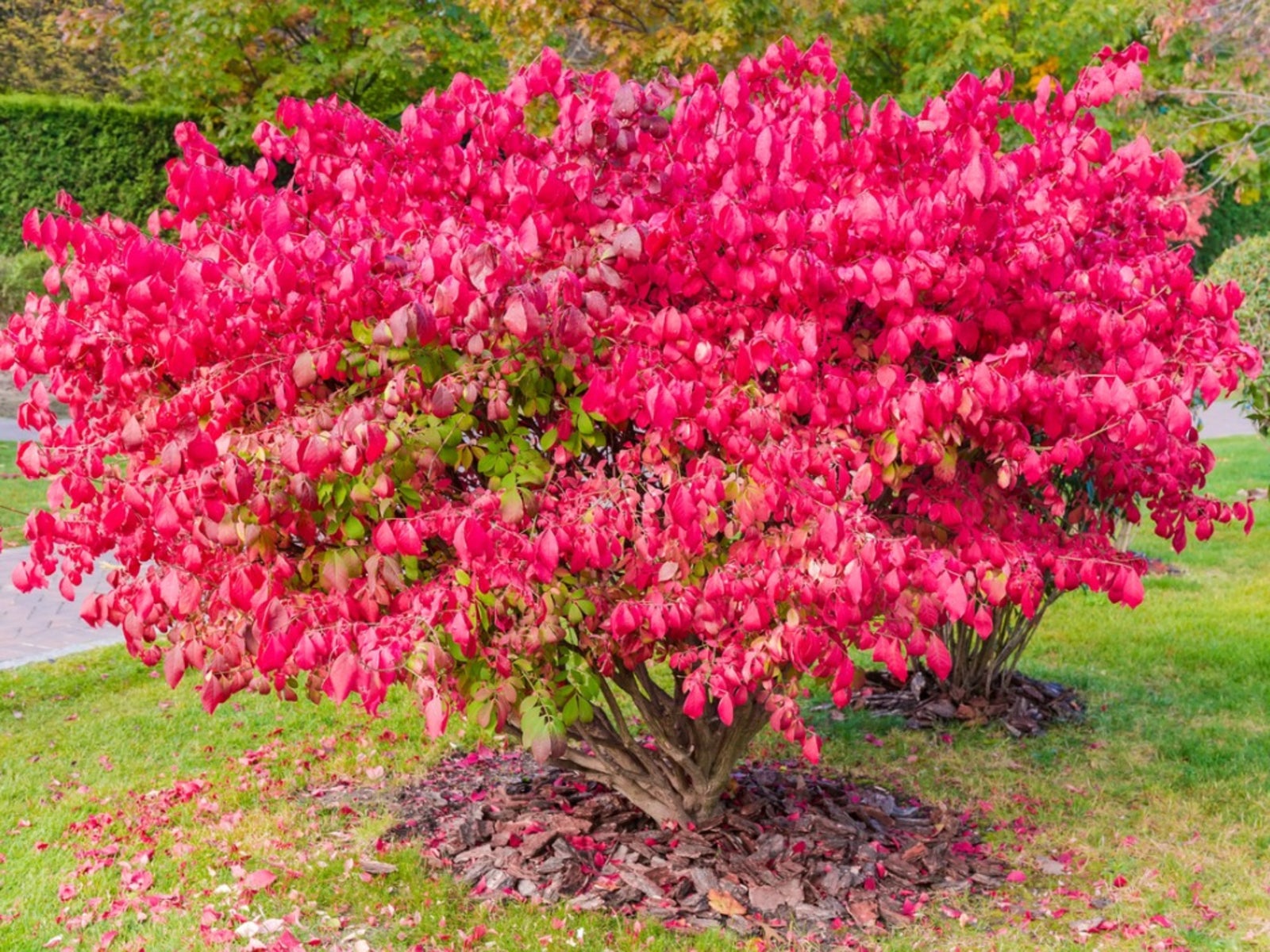 Burning Bush Propagation: How To Propagate A Burning Bush
Burning Bush Propagation: How To Propagate A Burning BushBurning bush is a tough but attractive landscape plant, popular in mass and hedge plantings. If you need several plants for your landscape design, why not try propagating your own. This article explains how to propagate a burning bush.
By Jackie Carroll
-
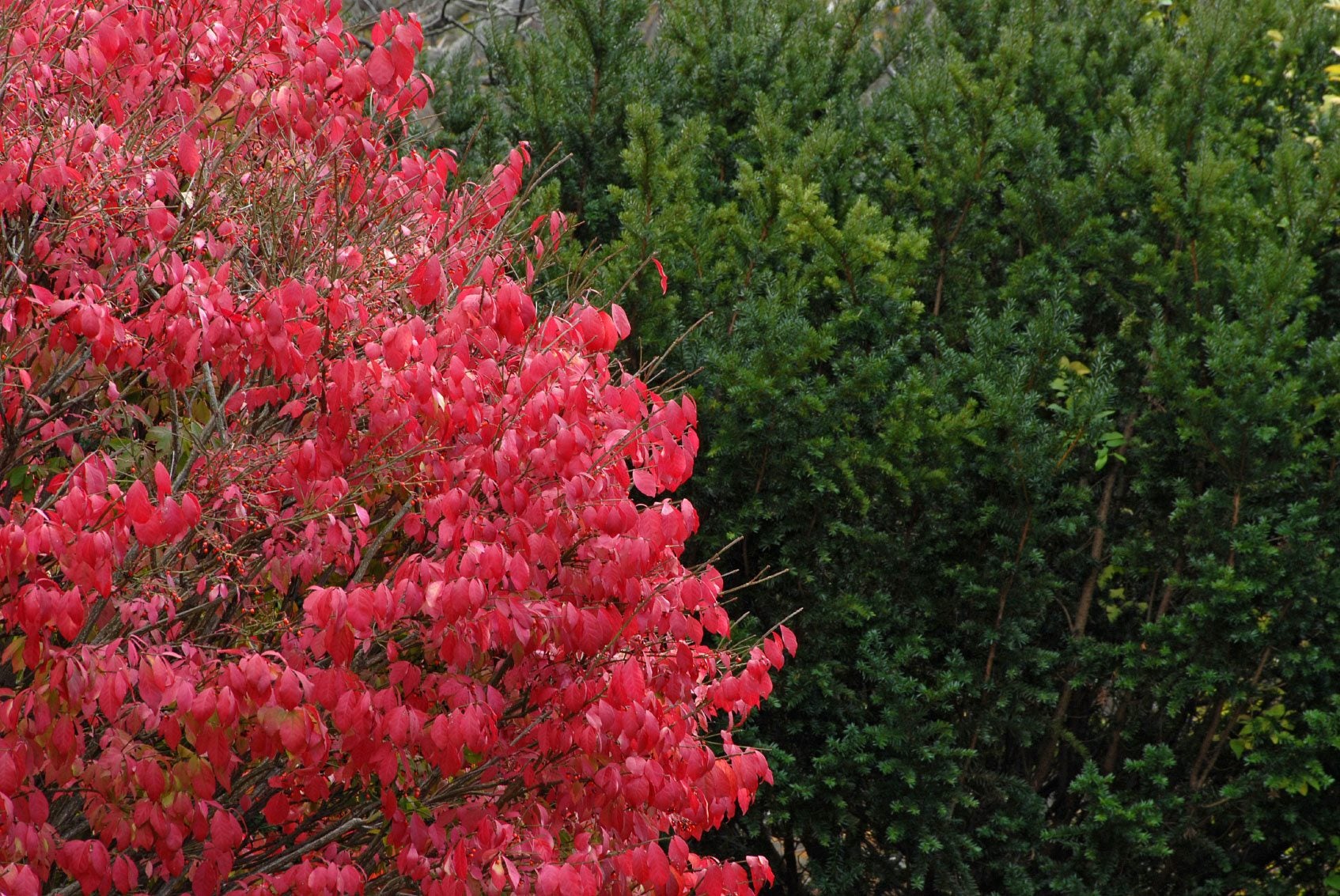 Learn About The Care Of Burning Bush - How To Grow A Burning Bush Plant
Learn About The Care Of Burning Bush - How To Grow A Burning Bush PlantGardeners who want a burst of crimson color in fall should learn how to grow a burning bush. This bush has a natural form that shows well in borders, beds and even containers. Read this article to learn more.
By Bonnie L. Grant
-
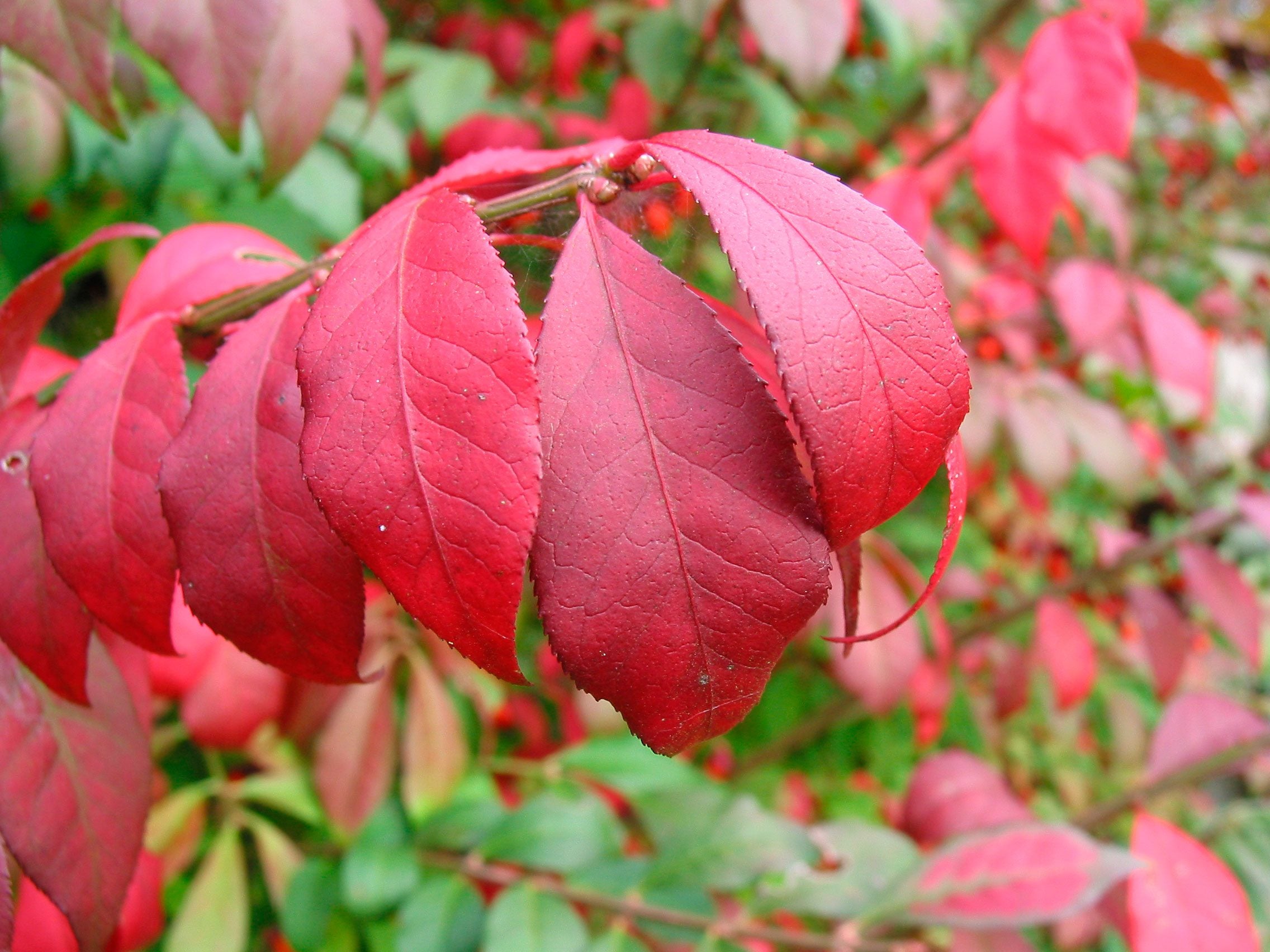 Pruning A Burning Bush - When To Prune Burning Bush Plants
Pruning A Burning Bush - When To Prune Burning Bush PlantsBurning bush is a dramatic addition to any garden or landscape. While it is a popular shrub, burning bush is also a shrub that is prone to a??overgrowinga?? its space. Get tips on pruning these shrubs in this article.
By Heather Rhoades